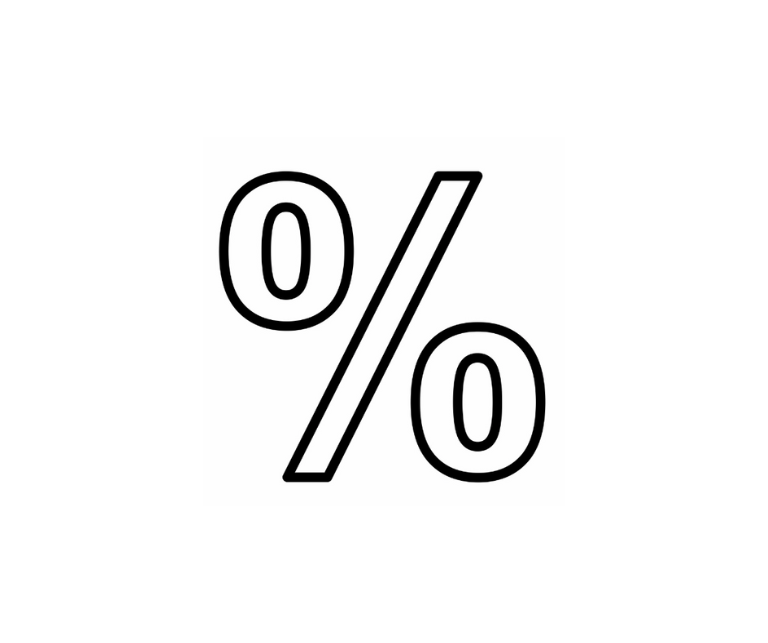
How would you convert the decimal 0.125 into a fraction in its simplest form?
There will be questions on any maths-related exam that will involve you having to do conversions. Understanding conversion methods will help during your study sessions, and your tutor will also urge you to use them. As a student, you will be absorbing a lot of information, and you want to make sure you can quickly take an example to convert 0.125 as a fraction. As a side note, if you need any extra help with your exams, there’s always tips and tricks you can find online. The following will cover conversions and why they are so effective in maths.
Why do we care about conversions?
The point of converting numbers into a fractional format is to make division much simpler. It will also help when it comes to finding a common denominator. In algebra, it helps to simplify expressions as well.
Another major use case with fractions is that it will give us a more exact number, so we won't have to rely on recurring numbers. While they are more precise, they also help us digest irrational numbers such as Pi much easier. This makes it more straightforward to use them in formulas. Fractions make maths easier to digest.
Looking at the patterns to determine what is 0.125 as a fraction
There are a range of maths expressions you can use for help in how to decipher what is 0.125 as a fraction. Following them in your study sessions will help you get the right number more often than not. Let's look at one known as the power of ten. With this, you can quickly see that 0.125 can be rewritten as a fraction of 125/1000.
Start with a simple number to reduce it by, such as dividing them both by 5. This will take you down to 25/200. Then, you can easily see that you can divide both sides further by 25, which will get you to the simple form of the fraction. From here, we can reduce it down to its simple form of 1/8. Now you see the point of going down this route to get to the answer quicker.
Keep it simple
As a student of maths, you want to use the fastest route to the answer. Don't try to memorise what 0.125 is in a fraction format. Also, don't try to learn complicated methods to help you arrive at the same destination. Once you have a method that works for most, if not all, decimals, such as the one mentioned above, you stick with it and move on. Your tutor will advise you to do this also.
In the end, you want to make sure that you understand the underlying information that you're using.